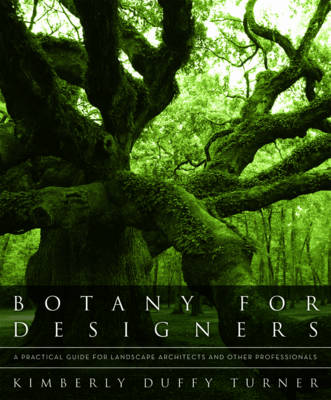
Hard Cover, English, Thread Stitching, 208 Pages, 2024
Botany for Designers
Plants are among the most important materials for effective landscape design. Yet the fundamentals of plant biology and growth; their morphology, color, and functional assets; and details such as planting, pruning techniques, and maintenance practices are surprisingly absent from our education and training, which tend to focus on other core principles like drainage, grading, and spatial relationships.
What do you need to know about how plants grow and function? How can you determine appropriate plants for a particular site? How can you use their distinct design features effectively? What are the real design considerations to keep in mind?
This book—a Botany 101 course for professionals and students alike—walks you through all the answers, equipping you with the ability to be not just an informed landscape designer but also an effective planting designer.
Kimberly Duffy Turner, a landscape architect and horticulturalist, explains the essentials of planting design, exploring form and function and showing how various characteristics of plants and trees—shape, pigment, leaf veination, texture, fragrance, sound, height, and more—can be used to achieve effective site-appropriate designs. Specifying appropriate plant material and examining stock at the nursery—drawing up a planting schedule of the species or cultivar, sizes, and quantities—and evaluating modes of transplantation (when to ask for bare root, balled and burlapped, or containerized) are other key “on-the-job” concepts covered.
A chapter on green design outlines some of the sustainable trends in botany: the role of LEED certification in landscape design; mitigating environmental problems with plants and open space; the emergence of green roofs and vertical gardens; biomimicry; and sensitive material selection, like composite wood products and plant-derived, soy-based paints. Both a handy appendix of common Latin and Greek terms used in horticulture and a comprehensive list of plant palettes are included.
With more than 150 color photographs and schematic drawings illustrating key strategies, Botany for Designers is the professional’s go-to guide, showing you how an appreciation of plant fundamentals can lead to more inspired, well-designed landscapes.
